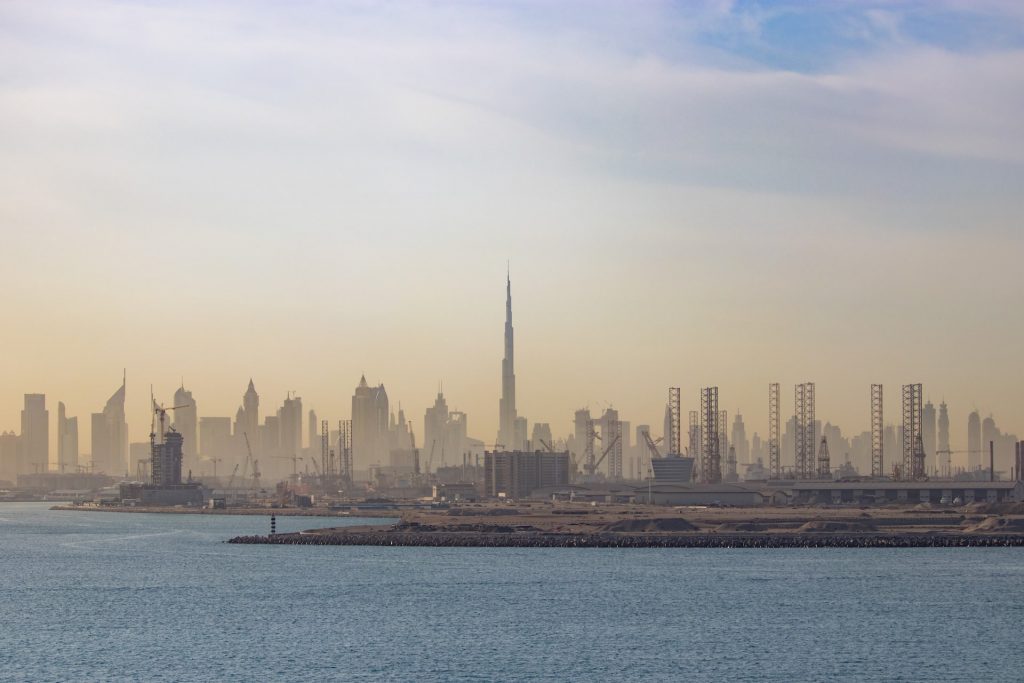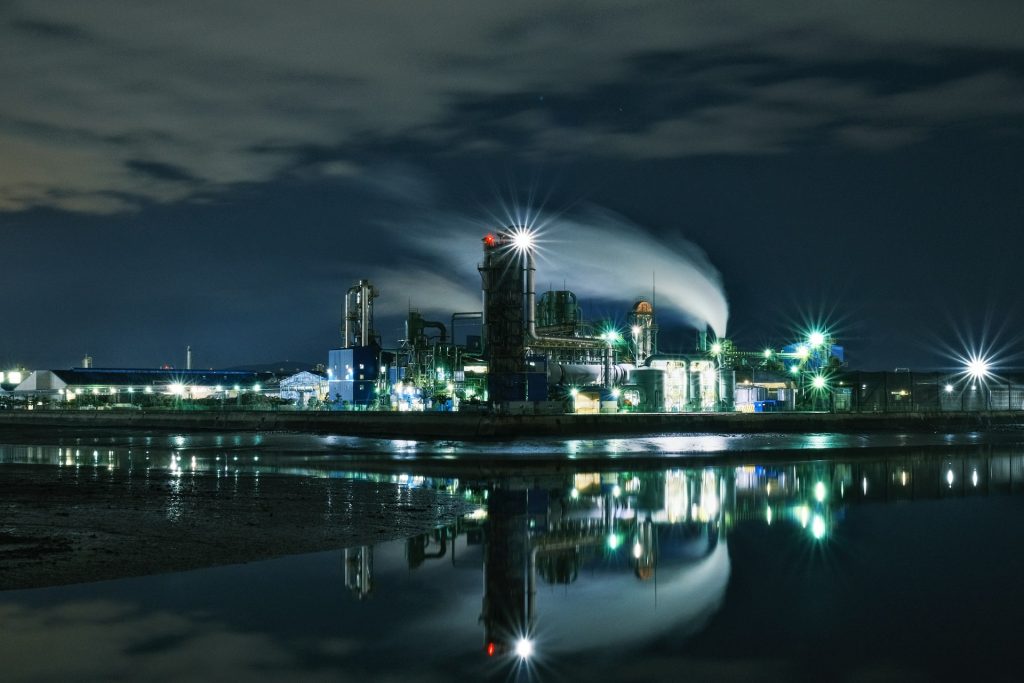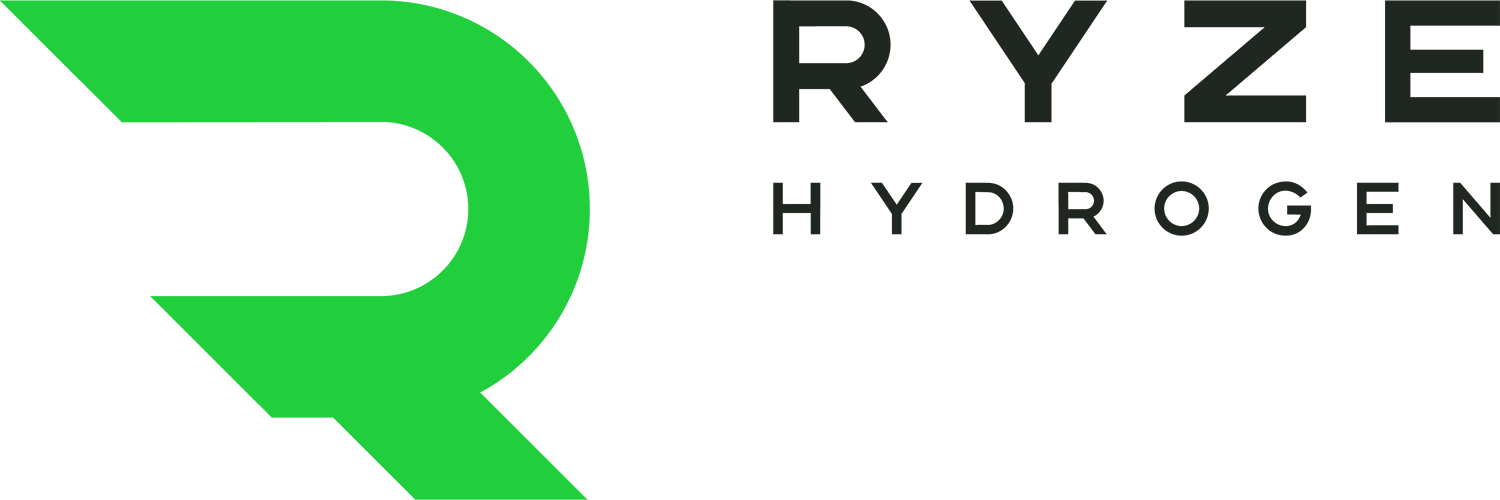One of the benefits of clean hydrogen is that it can be produced anywhere that has an electrolyser and some renewable energy. However, due to mismatches in production and demand, about a quarter of hydrogen will be traded globally by 2050, according to the International Renewable Energy Agency.
Clean hydrogen is just beginning to be shipped around the world and, thus far, ammonia is the carrier of choice.
Last month, Germany took receipt of its first shipment of hydrogen from the United Arab Emirates in the form of blue ammonia, which is made from fossil fuels with the carbon captured.
South Korea and Saudi Arabia plan to take things to the next level before the end of this year with a 50,000-tonne shipment of blue ammonia to be delivered to LFC, a unit of Lotte Chemical, from Saudi chemical manufacturer Sabic. As well as being the first commercial shipment of clean ammonia, it will also be the first to be certified by German industrial accreditation company TUV Rheinland.
Ammonia has taken the lead over other methods of shipping clean hydrogen around the world for a number of reasons, but the main one is its superior energy density by volume than hydrogen.
While hydrogen is the most energy dense substance in the universe by weight, it has very poor energy density by volume (just 3kWh per cubic metre), meaning it has to be super-cooled to minus 253 degrees Celsius to turn it into a liquid and improve those numbers to 2,350 kWh per cubic metre.

Last month, Germany took receipt of its first shipment of hydrogen from the United Arab Emirates (pictured) in the form of blue ammonia, which is made from fossil fuels with the carbon captured.
Yet, ammonia has even greater energy density, at 3,730 kWh per cubic metre, when stored in liquid form at minus 33.3 degrees Celsius. That means three times more ships would be needed to transport liquid hydrogen than ammonia.
Ammonia is also winning because of the cost of converting hydrogen to ammonia versus liquefaction (ammonia is potentially less than half as much, according to some calculations). There is also existing infrastructure for the transport of liquid ammonia, which currently amounts to about 20 million tonnes a year, according to Wood McKenzie.
Clean ammonia can also drive decarbonisation in its own right.
Replacing the world’s current ammonia output of about 176 million tonnes per year with the green variety would eliminate 1.8% of the world’s carbon dioxide emissions.
There are also new uses for ammonia that will help decarbonise some forms of transport and power generation.

South Korea (pictured) and Saudi Arabia plan to take things to the next level before the end of this year with a 50,000-tonne shipment of blue ammonia to be delivered to LFC, a unit of Lotte Chemical, from Saudi chemical manufacturer Sabic.
By 2050, ammonia derived from low-emission hydrogen will meet around 45% of demand for shipping fuel, according to the International Energy Agency’s World Energy Outlook 2022.
The IEA also sees hydrogen and ammonia increasingly being blended with natural gas and coal for the production of power towards the end of this decade. A total of 410 GW of natural gas‐fired power plants and 160 GW of coal‐fired plants will be retrofitted by 2050 to co‐fire ammonia and hydrogen, providing 2‐3% of global electricity generation from 2030 to 2050, it predicts.
Work continues to make shipping liquefied hydrogen a more economically attractive option and it may well find a niche in the global hydrogen trade, but ammonia has so much in its favour, it seems likely to dominate seaborne hydrogen transport for a long time to come.
To learn more about Ryze Hydrogen click here.






